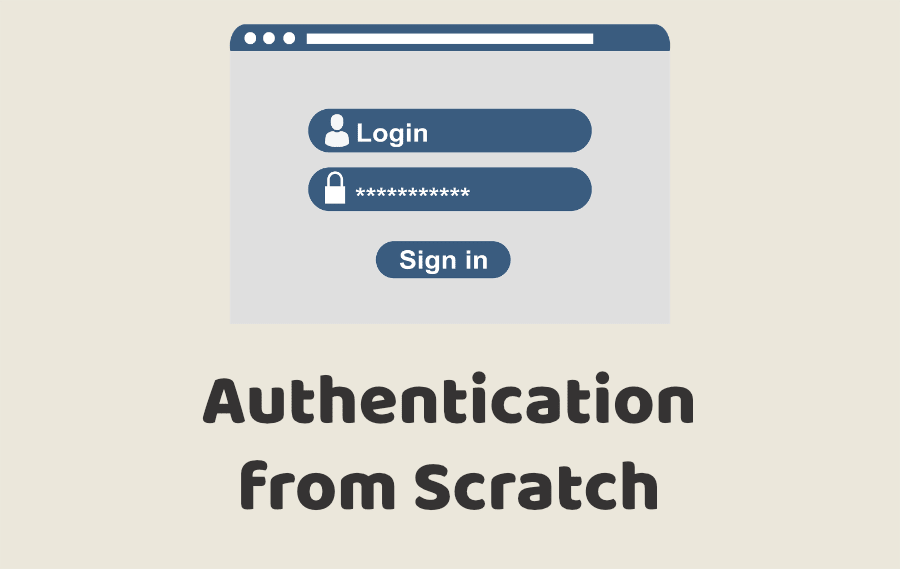
Summary
It's never a bad thing to understand how authentication works in a Ruby on Rails application without reaching for a gem. In this episode, we look at how authentication works in a modern Ruby on Rails application and some reasons why we shouldn't roll our own solution.authentication rails 20:26
Pro Monthly
$
19
/mo
Access to Pro Episodes
Invite to Slack Channel
Priority Suggestions
Ad Free
Pro Annual
$
190
/yr
Access to Pro Episodes
Invite to Slack Channel
Priority Suggestions
Ad Free